In the first part of this article, we covered the essential skills every survivalist needs to safely handle wild game. You learned how to spot warning signs of disease and avoid contaminated meat.
Now, some folks will decide to risk it since they don’t like to waste the meat. As said previously, this can be quite tricky if you don’t know what you’re doing and if you don’t know how to spot tainted meat.
In order to obtain a nutritious meal, some of you might be tempted to cook the meat properly, or better said, make that steak “well-done”. If you follow this path, there are some things you should know.
The Cooking Test: When in Doubt, Overcook
Let’s be real— in a survival situation, no prepper wants to waste hard-earned game meat. But when you’re miles from a hospital, food poisoning isn’t just inconvenient; it’s deadly. That’s why the golden rule of wild meat is simple: If you’re unsure, cook the hell out of it.
Here’s how to make sure your meal is safe, even when your gut says “Maybe this isn’t a good idea…”
Why Cooking Temperature is Your Best Defense
Bacteria and parasites don’t care about your survival skills. They’ll ruin your day—or worse—if you give them the chance. But heat? Heat kills.
- 160°F (71°C) – The magic number for most ground meat and wild game.
- 165°F (74°C) – Non-negotiable for birds (turkey, grouse, duck).
- 180°F (82°C) – For tough cuts that need to break down anyway (like bear or boar shoulder).
Problem: You don’t always have a meat thermometer in the wild.
Solution: Cook it until:
- No pink remains (not even a hint).
- Juices run completely clear (not reddish or cloudy).
- The meat falls apart easily (overcooked is safer than undercooked).
The “Boil It Into Oblivion” Method
When in serious doubt, boiling is your best friend. A rolling boil (212°F/100°C) kills almost everything, and stews/soups hide questionable textures.
How to do it right:
- Chop meat into small chunks (cooks faster and more evenly).
- Boil for at least 30 minutes (longer for tougher animals like raccoon or possum).
- Add acidic ingredients (vinegar, tomatoes, wild citrus) to help break down gamey flavors and any lingering funk.
Bonus: Boiling extracts maximum nutrients into the broth—critical when calories are scarce.
When Freezing Saves Lives
Not all parasites die from cooking alone. Some, like trichinella (found in bear, boar, and cougar), need to be frozen first.
- -10°F (-23°C) for 3+ weeks kills most parasites.
- Deep freeze is best (your backyard freezer might not cut it).
The “Taste Test” Lie (And Why You Shouldn’t Trust It)
You’ve heard the old myth: “If it tastes fine, it is fine.” False.
- Botulism has no taste or smell.
- Some parasites don’t change flavor at all.
- Early spoilage might only give a slight “off” taste—too subtle to notice when you’re starving.
Rule: If you had doubts before cooking, don’t suddenly trust it just because it’s on your plate.
When to Just Throw It Out
Some risks aren’t worth taking. Toss the meat if:
- It smelled weird before cooking (heat doesn’t fix toxins).
- The animal was acting strange before death (rabies, chronic wasting disease).
- You find abscesses or strange textures after cooking.
Survival isn’t about taking stupid risks—it’s about living to hunt another day.
In a true survival scenario, you can’t afford to gamble. Overcooking isn’t just safe—it’s smart.
So next time you’re staring at a questionable cut of wild meat, ask yourself: “Is a slightly dry meal worth dying over?”
When to Absolutely Avoid Wild Meat: Trust Your Gut or Lose Yours
Let me tell you something you already know deep down—not every animal is food. Some will poison you slowly. Others will drop you faster than a bad fall on wet rocks. And when you’re out there in the wild, miles from help, that’s a risk you can’t afford to take.
Here’s how to know when to walk away, no matter how empty your stomach growls.
That “Free Meal” Could Cost You Everything
You stumble across a deer carcass, still warm. No bullet holes, no obvious wounds. Your mouth waters at the thought of fresh meat. Stop right there. That animal didn’t drop dead for your convenience. Maybe it drank from a poisoned stream. Maybe disease ravaged its insides before it collapsed. The point is—you don’t know. And that uncertainty could kill you faster than starvation ever would.
Even if it looks fresh, even if scavengers haven’t touched it yet, consider this: nature’s clean-up crew has a better sense for danger than you ever will. If the coyotes and crows are avoiding it, you should too.
Strange Behavior Means Deadly Consequences
A rabbit that doesn’t run. A deer that stumbles in circles. A fox that acts tame enough to pet. These aren’t curiosities—they’re screaming red warnings.
Rabies turns animals into drooling, confused shadows of themselves. Chronic wasting disease makes deer waste away while their brains turn to sponge. Tularemia, carried by rodents and rabbits, can pass to humans through a single careless cut while butchering. These aren’t just sick animals—they’re biological landmines.
The rule here is simple: if it wasn’t behaving like a healthy wild animal should, don’t touch it. Don’t eat it. Don’t even get its blood on your hands.
When the Inside Tells the Ugly Truth
Sometimes the real dangers only show themselves after you’ve made the first cut. You peel back the hide and—there. Something’s not right.
Maybe the liver’s dotted with white spots like mold on old bread. Maybe the muscle tissue has strange streaks, like someone injected cottage cheese into the meat. Perhaps there’s a smell that hits you in the gut—not the normal metallic tang of fresh blood, but something foul, something that lingers in your nose hairs.
These aren’t just unpleasant discoveries. They’re nature’s way of slapping your hand away from the cookie jar. Parasitic cysts, bacterial infections, systemic diseases—they all leave their marks. And while a hot fire might kill some surface germs, it won’t touch the deeper poisons.
The Land Itself Can Poison Your Meal
That fat buck drinking from a stagnant pond might be carrying more than just meat on its bones. Downstream from old mines, heavy metals build up in organs. Near farmlands, pesticides concentrate in fat. In certain regions, radiation settles into bone marrow like invisible dust.
The older the animal, the more toxins it’s collected over years of grazing. You might think you’re eating survival—but you’re actually consuming a slow poison cocktail. When in doubt, stick to younger animals and avoid the organs entirely.
When the Kill Shot Ruins the Meat
Ever taste meat that carried the bitter tang of bile? That’s what happens when a gut shot taints the flesh with stomach acids. No amount of soaking or spice can completely erase that foulness. Worse, it means the meat’s been bathing in bacteria from ruptured intestines.
A clean kill is about more than just ethics—it’s about food safety. A bullet through the lungs or heart means quick death and clean meat. A gut shot means a slow death and meat that might not be worth saving.
How to Preserve Wild Meat When There’s No Fridge in Sight
You’ve worked hard for that meat – tracked it, killed it cleanly, and dressed it properly. Now comes the critical part: making sure your precious protein doesn’t spoil before you can eat it. Without modern refrigeration, preserving meat becomes an art form our ancestors mastered through necessity. Here’s how you can keep your wild game edible for weeks or even months when civilization is far away.
Time is your first enemy. From the moment the animal dies, bacteria begin their relentless work. In warm weather, you’ve got maybe half a day before spoilage sets in. The clock starts ticking the second you make the kill, so preparation is everything. Start by skinning and quartering immediately – that thick fur coat traps heat like an insulator. Separate the major muscle groups to help cooling, and trim away excess fat that will turn rancid fastest.
Drying meat is perhaps the oldest preservation method known to man. Properly made jerky can last for months without refrigeration. The process begins with slicing the meat into quarter-inch strips along the grain – any thicker and the center won’t dry properly. A heavy salting or overnight brine pulls out moisture where bacteria thrive. Then comes the drying itself, which requires constant hot air flow around 140-160 degrees Fahrenheit. In the field, hanging meat near a smoky fire works wonders, though direct sunlight should be avoided. You’ll know it’s done when cooled strips crack rather than bend. An old woodsman’s trick – rubbing a little wood ash on the drying meat – keeps flies from ruining your efforts.
Smoking meat properly combines drying with chemical preservation. True smoking is a two-step dance – first drying the meat thoroughly, then exposing it to cool smoke. Build a small fire from hardwoods like hickory or oak, keeping the temperature below 90 degrees. You’re not cooking the meat, but bathing it in preservative smoke that creates an inhospitable environment for bacteria. The smoke forms a protective coating on the meat’s surface while adding valuable calories from absorbed wood oils.
For the ultimate survival food, look to pemmican – the calorie-dense staple that fueled Native Americans and Arctic explorers alike. The process starts with meat dried to the point of being powdery when pounded. Pure fat gets rendered slowly into liquid gold, then mixed one-to-one with the dried meat. Some crushed berries add vital vitamin C to prevent scurvy. Stored properly in animal bladders or sealed containers, pemmican can last for years – the original survival superfood.
Sometimes you just need to buy a few extra days until proper preservation can happen. In these cases, improvisation saves meals. Digging a pit in shaded, dry ground and lining it with rocks cooled overnight creates a primitive cooler. Layering meat between these cold stones and covering with earth can extend freshness. Fast-moving cold water makes another decent short-term preservative if you change the water frequently. For surface protection, crushed juniper berries or wild garlic make excellent antibacterial coatings when rubbed thickly over the meat and reapplied daily.
But beware of preservation myths that do more harm than good. Burying raw meat invites ground bacteria to feast. Over-smoking creates carcinogens without proper drying first. And salt alone, without adequate drying, just makes for rotten salted meat. These false shortcuts have cost many hungry survivors their hard-won meals.
True meat preservation isn’t just about avoiding hunger today – it’s about ensuring you have options tomorrow and next week. When storms keep you trapped in camp or game becomes scarce, those carefully smoked strips or pemmican cakes become your lifeline. In survival situations, hunger comes in waves, and the prepared survivor rides those waves with preserved reserves. The difference between struggling and thriving often comes down to who took the time to properly preserve their meat when they had the chance.
Concluding
Some folks say the thrill of the hunt starts to fade once the animal is down, but to be honest, I believe it ends only when the meat is packed nicely in your freezer. Both the hunt and the harvesting process require some patience and experience in order to make sure your gut doesn’t get slowly poisoned.
Hopefully, this article has opened your appetite for knowledge (especially if you’re a novice hunter) and you will seek out more information regarding the proper butchering and handling of wild animals.



















































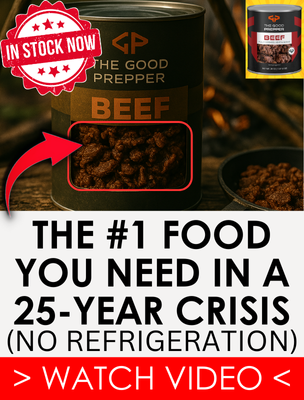

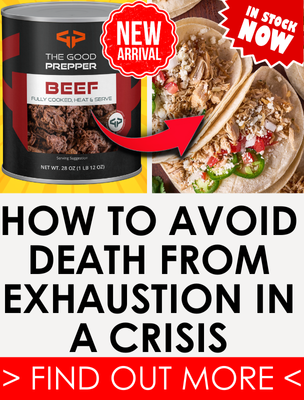







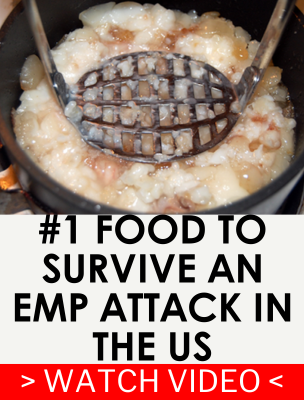
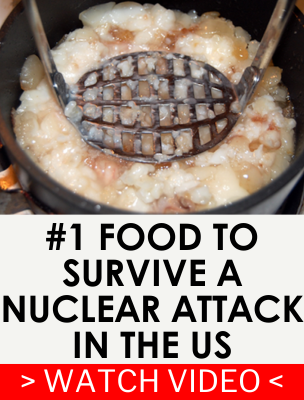


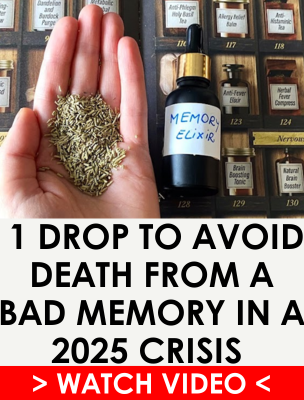



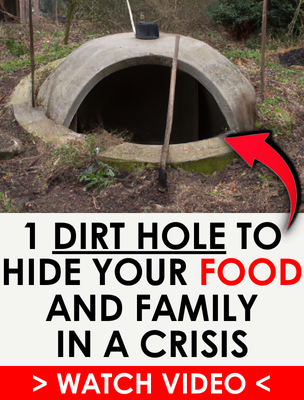
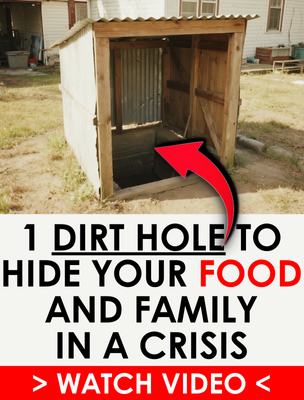


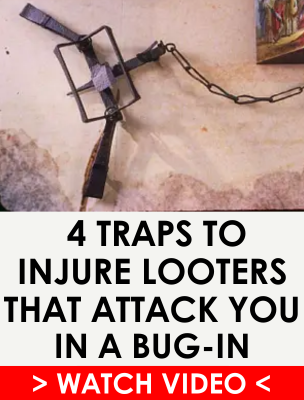

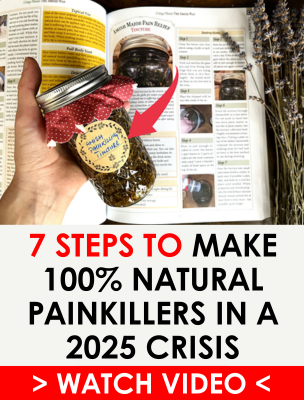
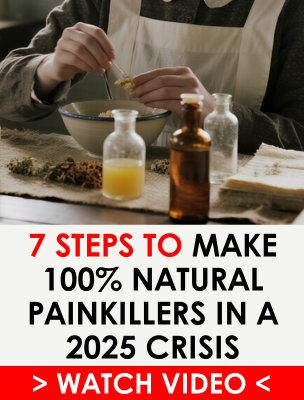

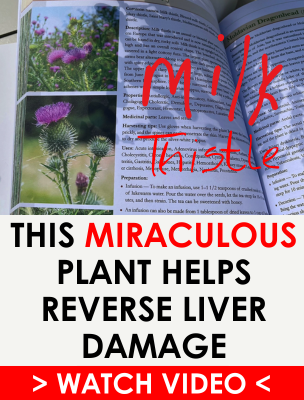

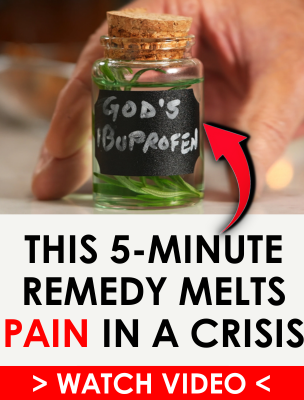




I haven’t had a cold nor flu nor any sort of infection for thirty-seven years. I take no precautions to prevent contact EXCEPT for prions like Chronic Wasting Disease like with deer and I take no chances with that. The disease progresses regardless of a killer immune system and it is incurable! I didn’t officially decide to stop deer hunting, but I switched to fishing and prioritized that for becoming better and having better equipment as a valuable preparedness skill with hunting skills already well established. My last deer is huge with amazing antlers and it has been on the wall for two decades. It was certainly safe with amazing abilities to avoid all other hunters. Now CWD and related is a bigger issue. I like fishing!